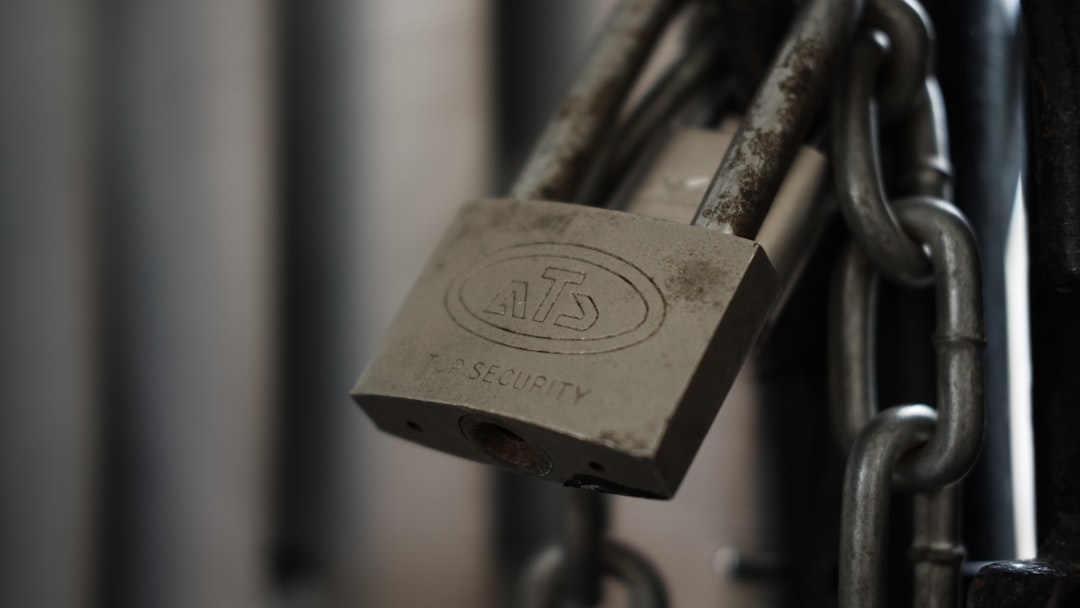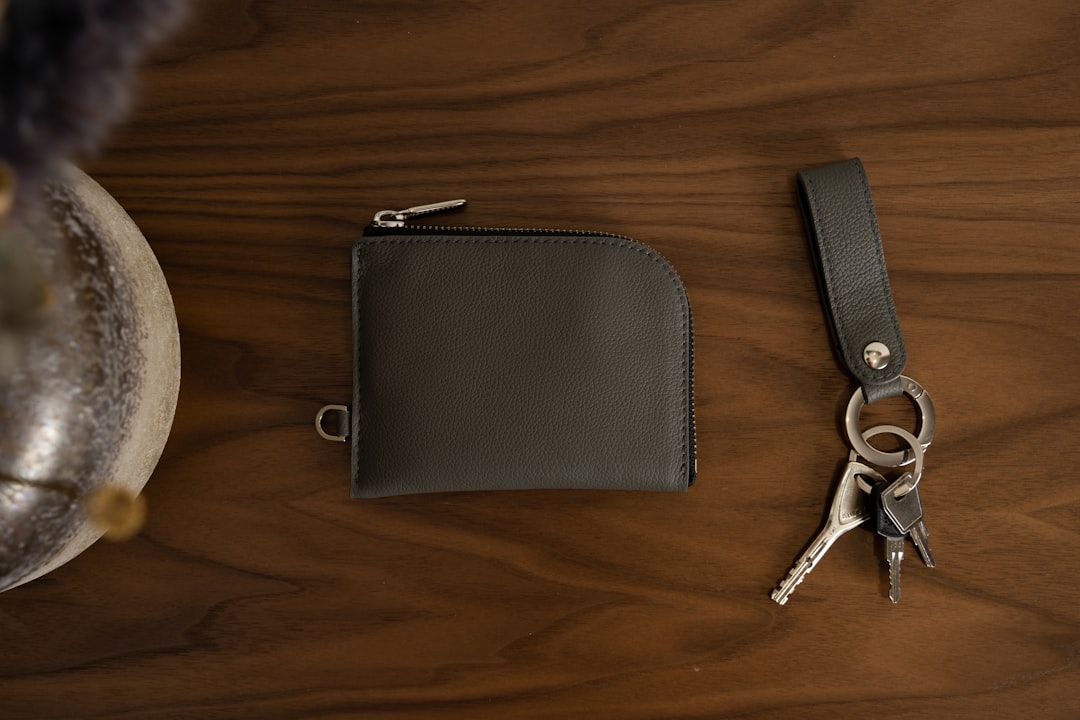Cryptocurrency has revolutionized the way people perceive and handle money. With greater decentralization and privacy, crypto assets have drawn massive attention from investors, enthusiasts, and unfortunately, cybercriminals. To fully harness the benefits of cryptocurrencies while safeguarding hard-earned assets, ensuring the security and trustworthiness of one’s crypto wallet is paramount. Understanding and applying key practices can protect users from loss, theft, and fraud.
- Understanding Crypto Wallets
-
Top Tips to Keep Your Crypto Wallet Secure
- 1. Use Reputable Wallet Providers
- 2. Enable Two-Factor Authentication (2FA)
- 3. Regularly Update Your Wallet Software
- 4. Store Private Keys Securely
- 5. Consider Hardware Wallets for Large Holdings
- 6. Be Wary of Public Wi-Fi
- 7. Regularly Monitor Wallet Activity
- 8. Conduct Regular Backups
- 9. Educate Yourself on Phishing Schemes
- 10. Use Multi-Signature Wallets
- Trust Factors: Evaluating Wallet Reliability
- Final Thoughts
- Frequently Asked Questions (FAQ)
Understanding Crypto Wallets
A crypto wallet is a tool that allows users to interact with blockchain networks. It stores private keys—the digital credentials needed to access and manage cryptocurrencies. Wallets can be broadly categorized into two types:
- Hot wallets: These are connected to the internet and include mobile apps, desktop applications, and web platforms.
- Cold wallets: These remain offline and include hardware wallets, paper backups, and air-gapped laptops.
Both types of wallets serve different purposes. While hot wallets offer convenience and faster access for trading or daily use, cold wallets provide superior protection against hacking attempts.
Top Tips to Keep Your Crypto Wallet Secure
1. Use Reputable Wallet Providers
Choose wallet services from well-established, well-reviewed companies. Reputable wallets regularly update their software and integrate robust security features. Check for open-source code and community audits, which add another layer of transparency.

2. Enable Two-Factor Authentication (2FA)
2FA ensures that even if a hacker has your password, they’ll need a second form of validation—usually in the form of a one-time code from an authentication app or sent via SMS. Authenticator apps like Google Authenticator or Authy are highly recommended over SMS-based 2FA, which is vulnerable to SIM-swapping attacks.
3. Regularly Update Your Wallet Software
Keeping wallet software updated helps close known vulnerabilities and ensures compatibility with the latest network upgrades or forks. Whether you’re using desktop or mobile applications, always install the latest security patches and system updates.
4. Store Private Keys Securely
Your private key is your digital identity in the crypto world. Never store private keys in email inboxes, unencrypted text files, or cloud storage. Instead:
- Use encrypted drives or password managers with military-grade protection.
- Write down the private key and recovery phrase and store them in multiple secure locations.
- Avoid photographing your seed phrase, as mobile cloud backups can be compromised.
5. Consider Hardware Wallets for Large Holdings
For significant crypto investments, a hardware wallet is typically the most secure option. These devices are immune to online threats, are easy to use, and often come with PIN protection, passphrases, and built-in displays for transaction verification.

6. Be Wary of Public Wi-Fi
Never access your wallet or perform transactions over unsecured or public Wi-Fi networks. Hackers can intercept data flowing over open networks and gain unauthorized access to your account. If you must connect on public Wi-Fi, use a trusted Virtual Private Network (VPN) for an additional encryption layer.
7. Regularly Monitor Wallet Activity
Stay vigilant by regularly checking your wallet for suspicious activities. Set up alerts if your wallet provider offers them, so you receive instant notifications for every transaction. This can help catch breaches early and limit potential damage.
8. Conduct Regular Backups
Back up your wallet data regularly, especially if you’re using a hot wallet. Ensure your backup includes wallet configuration files and seed phrases so that, in the event of device loss or failure, your crypto assets can be easily restored.
9. Educate Yourself on Phishing Schemes
Phishing remains one of the most common ways hackers trick users into revealing their credentials. Scrutinize emails, pop-ups, or even wallet apps asking you to “verify” your login details. Always verify URLs, and avoid clicking suspicious links or scanning unknown QR codes.
10. Use Multi-Signature Wallets
Multi-signature (multi-sig) wallets require multiple keys to authorize a transaction. These are especially useful for organizations or joint accounts, providing a strong deterrent against a single point of failure.
Trust Factors: Evaluating Wallet Reliability
In addition to security, users must assess the trust factor of wallets, especially when dealing with new applications. Consider the following criteria when selecting a wallet:
- Developer Transparency: Look for active developer communities, public updates, and community feedback, especially from platforms like GitHub or Reddit.
- Audit Records: Has the wallet been audited by an independent security firm? If so, are those audit reports publicly available?
- User Reviews: Explore app ratings, user feedback, and discussion forums. Highly rated wallets with consistent positive reviews are generally safer.
- Regulatory Compliance: Some wallets and platforms adhere to certain regulatory standards. While not always necessary, it adds legitimacy and legal accountability.
Final Thoughts
Security and trust go hand-in-hand when managing cryptocurrency holdings. A proactive approach—implemented through strong authentication protocols, use of hardware wallets, careful behavior online, and diligent updates—can dramatically reduce the risk of losing funds. As the crypto ecosystem matures, best practices are evolving, making education and constant vigilance more crucial than ever.

Frequently Asked Questions (FAQ)
-
Q: Are hardware wallets completely safe from hackers?
A: While hardware wallets offer top-tier protection by keeping keys offline, they are not invincible. Users must secure their seed phrases and watch for firmware vulnerabilities or physical theft. -
Q: Can I use the same wallet on multiple devices?
A: Yes, with some wallets, especially those that support cloud syncing or allow seed phrase recovery. However, managing wallets across multiple devices increases the attack surface and should be done carefully. -
Q: What should I do if I lose access to my crypto wallet?
A: If you’ve backed up your recovery phrase or private key, you can use it to restore your wallet on any compatible platform. Without this data, it’s nearly impossible to regain access. -
Q: Is it safe to store my seed phrase digitally?
A: Digital storage is convenient but risky. If you must, use encrypted storage solutions or secure password managers. Paper or offline backups are generally safer. -
Q: Do I need antivirus software for my crypto wallet?
A: If you’re using a computer or mobile device to access your wallet, antivirus software adds a layer of protection against malware, keyloggers, and phishing attempts.
The bottom line: Treat your crypto wallet like a vault. As digital threats evolve, so must your approach to defense. With proper precautions, users can confidently navigate the digital finance frontier.



Leave a Reply